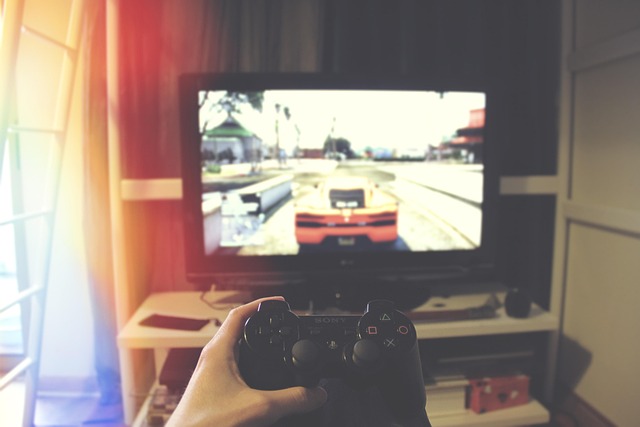Level Up Your Game: Exploring the Impact of Physical Simulation in Gaming Development
In the fast-evolving world of games and eSports, realism and immersion are no longer just nice-to-haves—they’re essentials. Players crave experiences that feel authentic, fluid, and responsive, where every action and reaction mirrors real life. This is where physical simulation steps in as a game-changer in the realm of gaming development.
The Pulse of Physical Simulation in Modern Games
At its core, physical simulation involves replicating the laws of physics inside a virtual world. Whether it’s the subtle sway of a character’s hair, the destructive realism of a collapsing building, or the trajectory of a basketball shot, physical simulation breathes life into digital environments. It transforms static visuals into dynamic, interactive experiences that players can truly connect with.
Developers harness sophisticated physics engines to simulate gravity, friction, collision, fluid dynamics, and more. This meticulous attention to detail impacts everything from how characters move and objects behave to how entire worlds respond to player actions. Such immersion enhances gameplay strategies and heightens emotional investment.
Enhancing Competitive Edge in eSports with Realism
For eSports athletes, precision and consistency are paramount. The integration of physical simulation in competitive games allows for realistic movements and interactions, creating a fair and balanced playing field that tests true skill. It ensures that every jump, shot, or dodge feels natural and requires mastery, rather than relying purely on scripted animations.
Beyond fairness, physical simulation can influence how players approach the game strategically. Knowing that weapon recoil behaves according to real-world physics, or that environmental factors like wind and terrain affect projectiles, adds layers of depth and complexity to the gameplay. For audiences watching eSports tournaments, this heightened realism makes matches even more thrilling and authentic.
Driving Future Innovations in Game Development
The growing demand for hyper-realistic experiences pushes developers to constantly refine physical simulation techniques. Advancements in hardware and software mean games can support larger, more intricate simulations without compromising performance. This opens new avenues for creativity—like destructible environments, vehicle dynamics, crowd behavior, or realistic weather systems—that enrich narratives and gameplay.
Moreover, the blending of AI with physical simulation promises smarter NPCs that interact convincingly with their surroundings. The result? More engaging stories, unpredictable challenges, and games that feel truly alive.
Why Physical Simulation Matters to Every Gamer
Whether you’re a casual gamer enjoying an immersive open-world adventure, a competitive player climbing the eSports ladder, or a developer crafting the next big hit, understanding the role of physical simulation is key. It’s not just about flashy graphics—it’s about crafting worlds that respond, challenge, and captivate in real-time.
By investing in physical simulation, the gaming industry continues to blur the lines between virtual and reality, offering players experiences that resonate on both emotional and tactical levels. As technology advances, expect the games you love to become richer, smarter, and more immersive than ever before.




